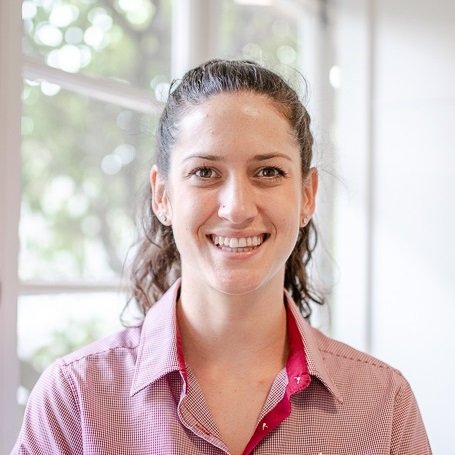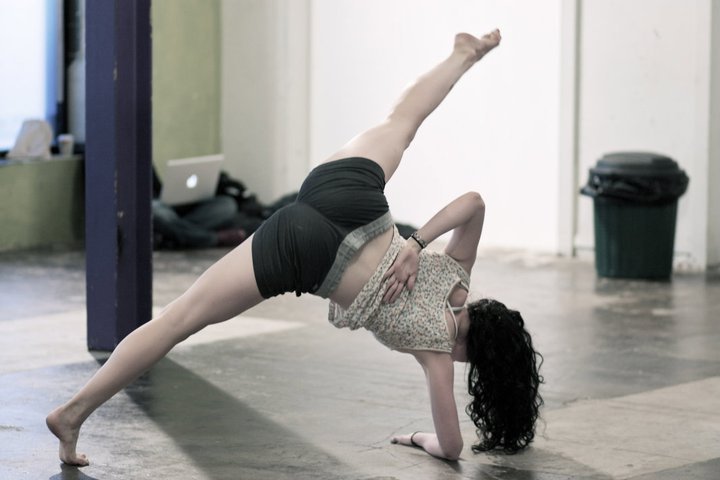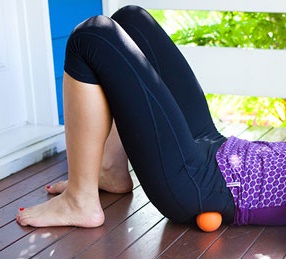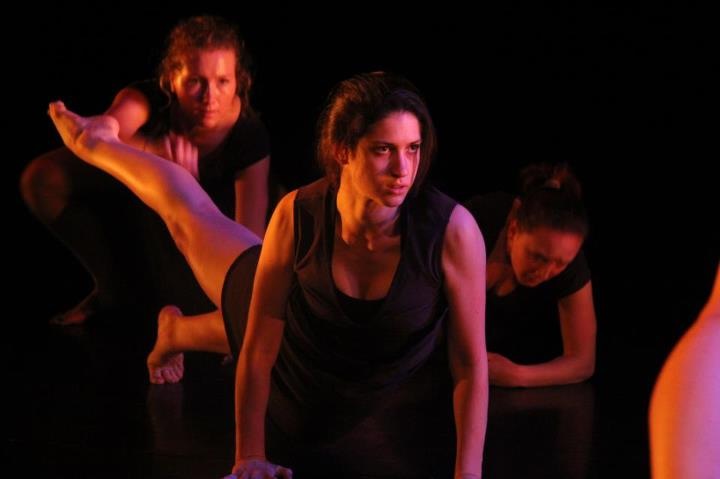 Hi everyone! Catherine here. Some of you may, or may not, know that I studied Dance and aspired to be a professional dancer [until I saw the light and wanted to be a Physio]. I studied it at Uni and have performed countless times. So I thought I would put together a BLOG to discuss what the life of a dancer is like, and more relevantly I guess, how Physiotherapy and looking after yourself works for a dancer.
Hi everyone! Catherine here. Some of you may, or may not, know that I studied Dance and aspired to be a professional dancer [until I saw the light and wanted to be a Physio]. I studied it at Uni and have performed countless times. So I thought I would put together a BLOG to discuss what the life of a dancer is like, and more relevantly I guess, how Physiotherapy and looking after yourself works for a dancer.
Dancer Life
The life of a professional dancer isn’t the easiest or most consistent. There are semi-regular professional classes, auditions popping up sporadically, contracts that can last from one week to several months, contracts that have you on the road and living out of suitcases and periods of side jobs to keep the income flowing. Dancers are an amazing population to work with (speaking as both an ex-dancer and a physiotherapist) – they are diligent, body aware and are always looking to develop.
Your Body
In this industry your biggest asset is your body and your greatest strength is keeping your body happy. This includes regular classes, strength work, cross training but also recovery.

The best type of recovery is simple, specific and consistent! One of the best recovery tools we use with our clients are muscle releases. Muscle releases can be used to decrease tension and discomfort in muscles, increase range of motion, enable better motor control and muscle activation and enhance overall performance. All you need is a trigger ball and the floor or a wall! We have heaps of information on releases here.
 Home Work
Home Work
Our two most commonly prescribed releases are the glutes and infraspinatus. Glute releases include all glute muscles (gluteus maximus, medius, minimus) plus the deep external hip rotator muscles. Infraspinatus is one of the rotator cuff muscles at the back of your shoulder blade, it works to help move the arm but also stabilise the shoulder joint. Using a smooth trigger ball, lean up against the wall and find a tender spot in both your glutes and infraspinatus. Keep the pressure sustained for 60-90 seconds for 3-4 spots per muscle group. This technique can be used for majority of the muscles in the body – have a play and find the ones that are best for your body!

Travelling
When travelling or touring it’s important to take all your recovery tricks with you. Pack your trigger ball, stay hydrated by taking your own water bottle, stick to a normal sleep routine and take your own pillow whenever possible! Spend 10-15 minutes at the beginning and end of your day doing your releases and muscle activation exercises. Keep your body consistently happy and it’ll be ready to perform when you need it to. We recommended having a health professional on your team to work out the best strategies for your body to avoid injury and keep you at your peak.
Questions
If you have any questions specific to your body and dance demands come visit the team at Barefoot Physiotherapy and we’ll work with you to get your feeling and moving great!






